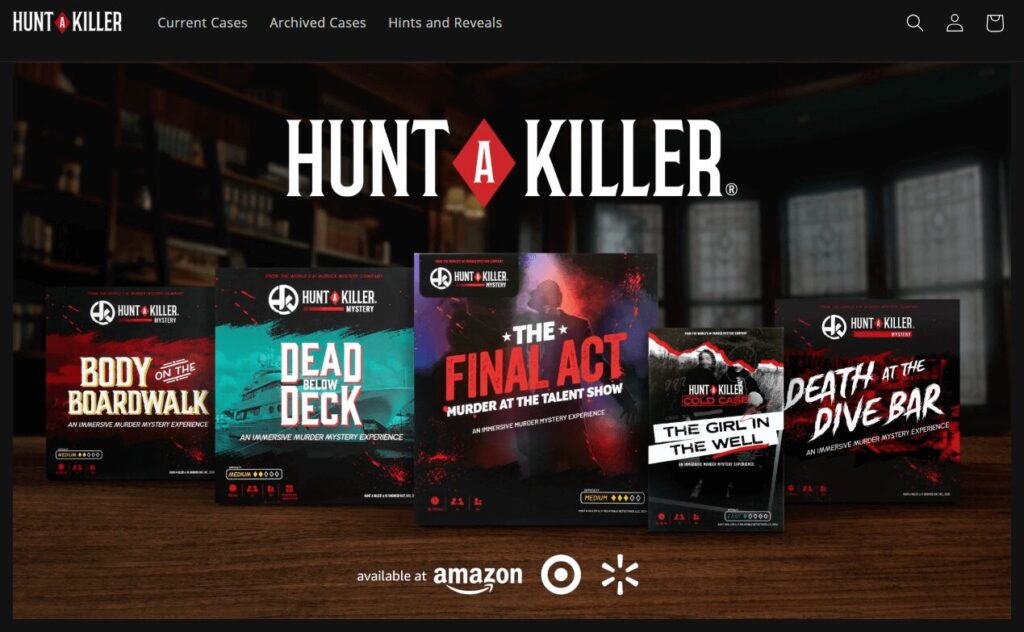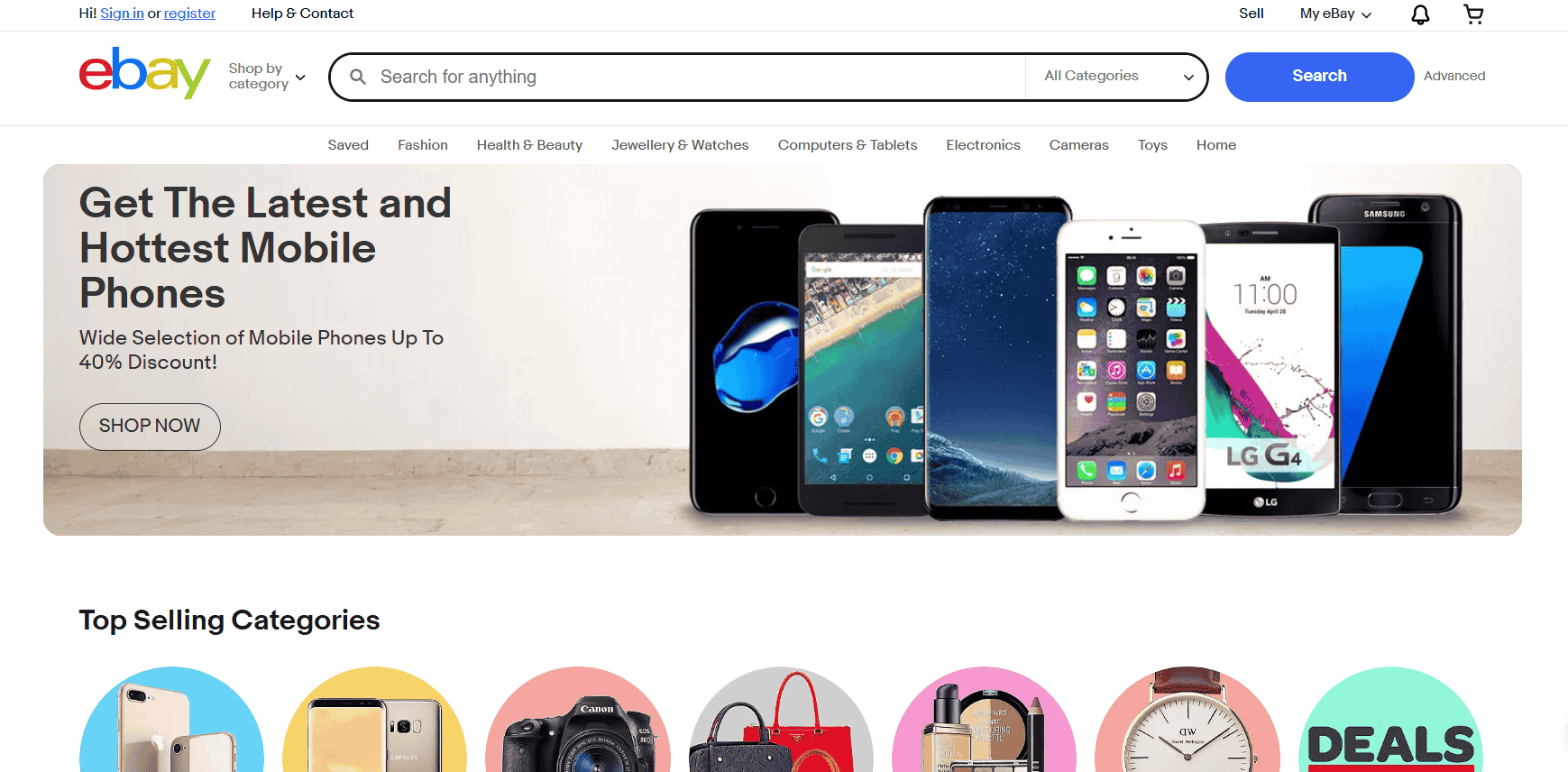If you’re over 14 years old and have a weird obsession with murder mysteries, chances are you’ve tried Hunt A Killer. It’s a popular game that turns regular people into seasoned detectives, plunging them into gripping storylines that unfold piece by piece.
Think of Hunt A Killer as your own personal crime thriller arriving right at your doorstep. Every month, you’ll unwrap a mysterious box filled with realistic police reports, cryptic notes, evidence, photographs, and even audio clues that seem chillingly authentic.
As you sift through the evidence, you’ll feel your heart race—the thrill of discovery, the tension of uncertainty, the satisfaction when pieces finally fall into place.
-
Hunt A Killer grew rapidly by combining storytelling with the convenience of subscription boxes.
-
Subscription success depends on offering products that are either regularly needed or create ongoing excitement.
-
Personalization, consistency, and strong customer experience are key to building loyalty and reducing churn.
-
The right tech tools can simplify billing, fulfillment, and customer management for subscription-based businesses.
-
Starting small, listening to feedback, and scaling thoughtfully lead to long-term subscription growth.
What makes Hunt A Killer a smash-hit sensation is how it turns every player into the star of their own detective drama. It’s incredibly immersive, allowing friends and families to team up, pooling their wits and intuition to unravel complex mysteries.
Whoever came up with this idea is a total genius. We are in an era where consumers are becoming increasingly obsessed with convenience. Everyone wants things fast, easy, and right at their doorstep.
Hunt A Killer taps perfectly into this modern mindset by combining the ease of subscription-based shopping with immersive entertainment.
In fact, subscription-based selling has exploded precisely because it removes the friction of choice. According to McKinsey, consumers are increasingly turning to subscriptions because they simplify decision-making, offering curated experiences that eliminate overwhelm.
Additionally, Accenture’s Personalization Pulse Check reveals that over 91% of consumers prefer brands that personalize their shopping experience, making subscription boxes uniquely positioned to thrive.
Hunt A Killer takes full advantage of today’s trends by delivering personalized mystery games straight to your door every month. Players look forward to each box, getting pulled deeper into the story with every clue.
But it’s more than just a game. It’s about the thrill, the excitement, and feeling like part of a community of fellow mystery lovers.
And with more people shopping online since the pandemic, this kind of subscription hits the sweet spot, as it offers both fun storytelling and easy, at-home entertainment.
Hunt A Killer’s growth from $27 million in revenue in 2019 to approximately $55 million in 2020 proves how perfectly this strategy resonates with the market.
In short, this game is a modern ecommerce masterstroke. It creatively delivers precisely what today’s consumers are hungry for: captivating entertainment that comes directly to them, without ever stepping outside their homes.
It’s Not for Everyone
A subscription business model works perfectly for Hunt A Killer, but that doesn’t mean it fits every product or business. Before exploring how to start a subscription business, you need to figure out if it really makes sense for your brand—otherwise, it could end up hurting your business instead of helping it.

So how do you know if subscription-based selling is for you?
First, think about your product’s lifecycle. Ideal subscription products are ones that customers either consume regularly (like snacks, skincare, or pet supplies), desire to continually explore or collect (like books, stickers, or hobby supplies), or those that create ongoing experiences (like puzzles, games, or interactive stories).
If your product is a one-time purchase or something customers won’t regularly need or anticipate receiving, a subscription model may not resonate.
Next, consider customer engagement. Successful subscription business models rely on creating excitement and anticipation around their products.
Are you able to consistently provide fresh, varied, and personalized items that your audience eagerly looks forward to? Will subscribers genuinely benefit from or enjoy regularly delivered content or products?
It’s also crucial to evaluate your logistical capabilities. Subscriptions demand consistency, from inventory management to timely fulfillment. If your operational structure can reliably handle recurring shipments without compromising quality, you’re on the right track.
But if you’re unsure about your inventory or your ability to consistently curate or deliver products on time, subscriptions could be problematic.
Lastly, examine the competitive landscape and consumer feedback. Ask yourself—do your customers frequently request subscription options, auto-refills, or curated collections? Conducting simple surveys or analyzing purchase patterns can reveal valuable insights into whether your audience would welcome a subscription option.
If you find your business ticks most or all of these boxes—frequent customer engagement, regular-use products, robust logistics, and customer enthusiasm—then subscription-based selling could be the perfect opportunity to boost loyalty, revenue, and customer satisfaction.
But if these elements don’t align with your business model, that’s okay. A subscription isn’t a magic solution for everyone. Knowing what works best for your business ensures you can choose strategies that truly resonate, leading you toward sustainable success instead of costly missteps.
How should I start?
If you decide that subscription-based selling is right for your business, here’s how you can smoothly transition into it step by step:
Start by selecting a clear and simple subscription model. Decide if you want to offer replenishment boxes (products customers frequently need), curated boxes (collections around a theme), or a membership for exclusive access to products or content.
| Type | Best For | Customer Value |
| Replenishment Box (Delivers everyday products customers regularly run out of) | Personal care, household goods, pet supplies | Convenience, time-saving, never running out |
| Curated Box (Sends a themed selection of products, often a surprise or discovery) | Beauty, fashion, snacks, hobbies | Discovery, delight, trying new things |
| Membership Access (Offers exclusive content, deals, or early access to products) | Digital content, fan clubs, specialty brands | VIP perks, access to unique or limited items |
Next, consider your pricing strategy carefully. Aim for a price point that provides clear value while covering your costs. Subscriptions often work best with tiered pricing—monthly, quarterly, or annual billing—with discounts that incentivize longer commitments.
Then, streamline your product offerings. This might mean letting go of items that aren’t subscription-friendly, like slow-moving inventory or products that lack repeat appeal. Instead, focus on core items that keep subscribers excited and engaged month after month.
You might need to adjust or limit your product variety slightly, but that’s a worthwhile trade-off for consistent recurring revenue.
Now, set up your tech infrastructure. Reliable subscription management software is key.
Tools like Recharge, Subbly, Bold Subscriptions, or Cratejoy easily integrate with popular ecommerce platforms like Shopify, WooCommerce, and BigCommerce, automating billing, shipping, customer management, and renewals. A solid tech stack will save you countless headaches.
Don’t forget customer experience. Create anticipation and excitement around every delivery. Include personalized touches, handwritten notes, bonus samples, or creative packaging—small details that enhance subscriber loyalty and satisfaction.

Remember, the golden rule: always keep communication clear and transparent. Make it easy for subscribers to pause, skip, upgrade, downgrade, or cancel their subscriptions. It sounds counterintuitive, but giving customers this freedom builds trust and reduces churn in the long run.
Finally, plan your expansion thoughtfully. Monitor customer feedback closely, tracking metrics like churn rate, customer lifetime value, and satisfaction scores.
Consider upselling and cross-selling complementary products or introducing premium subscription tiers as you grow. Regularly testing new concepts ensures you’ll continuously meet changing customer demands.
By carefully following these steps, embracing the right tools, and knowing what aspects of your business to let go (and which to amplify), you could build a subscription success story of your own—just like Hunt A Killer did.
How long before I start seeing results?
The honest answer is, it depends. Typically, you’ll start seeing meaningful traction within 3 to 6 months if you approach subscription-based selling strategically.
Initially, you might notice incremental progress like a modest increase in steady revenue and improved customer engagement. But significant, scalable success usually comes after several cycles of consistent subscriber growth and retention.
To speed up results, follow these easy dos and don’ts:
| DO | DON’T |
| Start small and think big. Begin with a manageable subscriber base and scale gradually. Use early months to learn and improve. | Don’t overpromise. Don’t exaggerate the value or quality of your boxes. It sets unrealistic expectations. |
| Gather feedback regularly. Ask for and apply feedback to refine your boxes. It builds trust and reduces churn. | Never ignore customer concerns. Neglecting issues can lead to bad reviews and canceled subscriptions. |
| Personalize wherever possible. Use small, thoughtful touches like custom packaging or handwritten notes. | Don’t neglect logistics. Inventory and shipping issues can ruin the customer experience. Stay on top of them. |
| Maintain reliable fulfilment. Consistency and timely delivery are essential for trust and retention. | Don’t make it hard for your customers to cancel. Complicated cancellation processes frustrate customers and damage your brand. |
| Create community. Offer sneak peeks, behind-the-scenes content, or private groups to build loyalty and excitement. |
In short, stay patient, consistent, and customer-focused. Your subscription-based venture may not explode overnight, but by carefully nurturing it and listening closely to your subscribers, you’ll steadily build momentum—just like Hunt A Killer.







